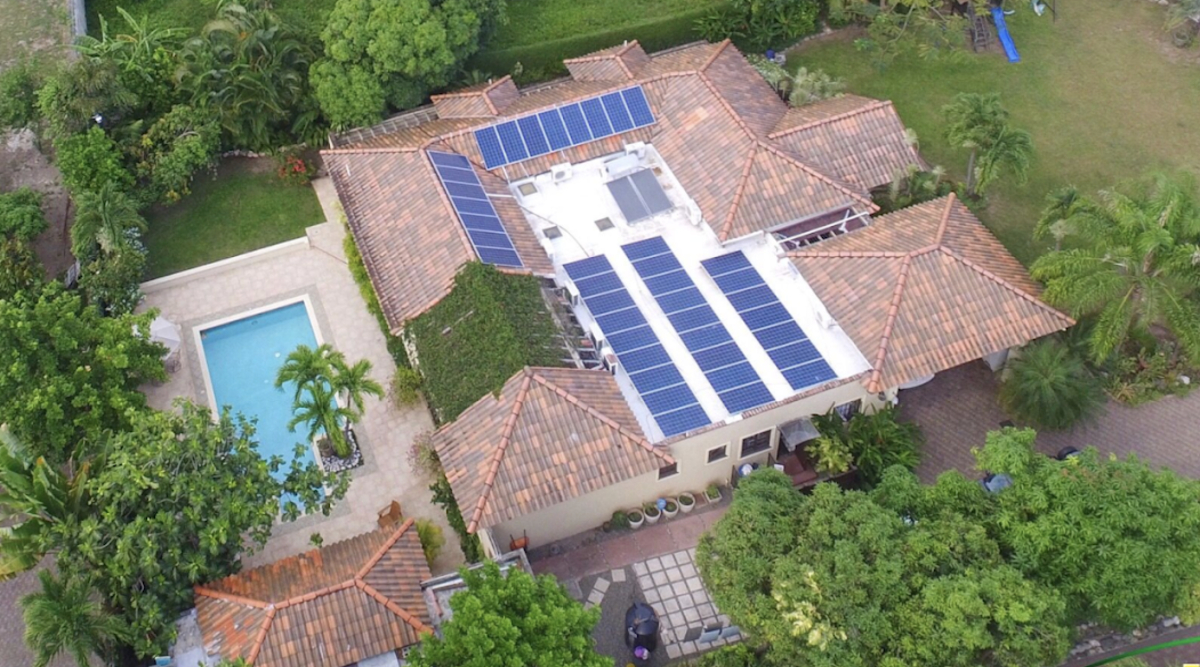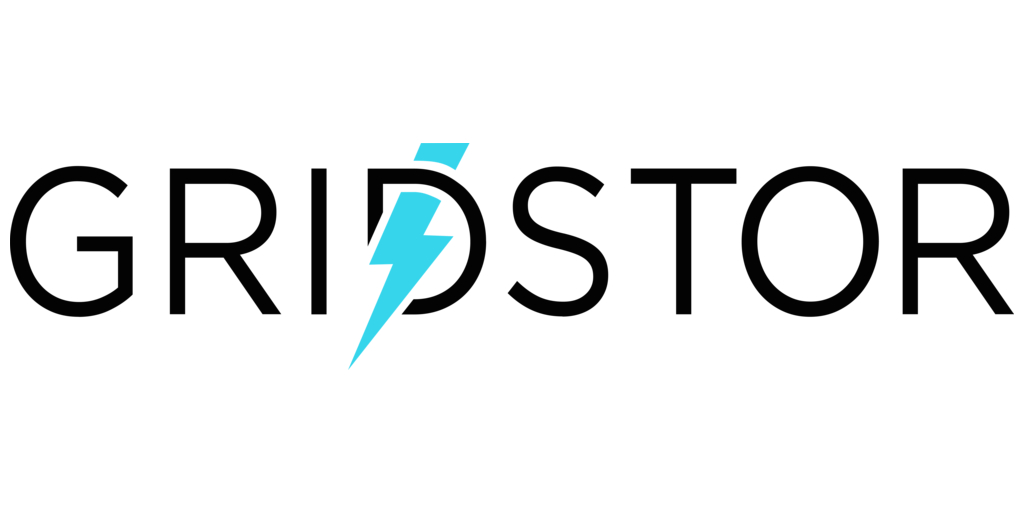Support CleanTechnica’s work through a Substack subscription or on Stripe.
Agrivoltaics is the combination of solar and farming. Now, farming is a pretty broad topic that encompasses both crops and animals, but no matter what form it takes, it basically comes down to turning sunlight into food. Some crops are consumed by humans, others are consumed by animals who then become food for humans. Either way, combining solar and farming is a match made in heaven and can have substantial financial benefits for hard-working farmers.
We have reported several times on solar farms that use sheep to keep the vegetation beneath the panels under control. Not to put too fine a point on it, but the excrement the sheep leave behind makes rather good fertilizer, and its free — something farmers appreciate. It turns out that sheep ranchers are delighted to get paid to let their flocks graze among the stanchions that support the solar arrays, and solar farm operators are delighted to get the vegetation taken care of without having to hire people to bring in mowing machines. Everybody wins.
Nick DeVries is the head of technology for Silicon Ranch, a pioneer in combining sheep and solar. He told Inside Climate News recently that his company now wants to take things up a notch by introducing cows to its solar installations. He told ICN, “[Cows] are very large animals. They scrape on things. They like to rub.” Developing solar with cattle presents a major opportunity to expand solar energy, given the vast size of the US beef industry, but it also poses some significant challenges. DeVries has become an authority within the industry on mixing livestock and solar, which is often called solar grazing. Its practitioners actually have a trade group called the American Solar Grazing Association.
He told ICN the challenges with introducing cattle to solar farms can be solved. First, the support structures for the panels have to be made of heavier gauge material to withstand the attention they get from the nearly 1400-pound animals. He and Silicon Ranch have developed a system called CattleTracker, which is similar in concept to the Car2X systems used to allow vehicles to communicate with each other and the surrounding infrastructure.
Each cow is fitted with a tracking device that pinpoints its location at all times. When they are in the vicinity of the panels, the CattleTracker tells the panel tracking system to reorient the panels so they are nearly horizontal. That, in turn, allows the cows to roam beneath without damage either to the cows or the panels.
Typically, cows are moved every few days to a different grazing area so they can have fresh grass to eat and also to prevent the accumulation of excess cow patties in any one area. That means the solar panels can operate with normal tracking most of the time when cows are away, and with limited tracking when cows are present.
Silicon Ranch initially plans to use CattleTracker at some solar projects that it owns and operates, starting this year with a project in Christiana, Tennessee, about 40 miles south of the company’s Nashville headquarters. The privately held company, founded in 2011, has about 150 projects, most of which are spread across the Southeast United States.
But isn’t raising cattle part of the greenhouse gas emissions problem? Yes, to a certain extent, but solar grazing is intended to address that issue, at least partially. Advocates for solar grazing say they are driven by both environmental and economic imperatives. The CattleTracker manages biodiversity while it increase the ability of the land to store carbon.
“I don’t think that grass-fed, rotationally grazed livestock [is a] a climate disaster,” de Vries said. He pointed out that conventional cattle operations keep their animals pent up and force feed them corn instead of grass, which is bad for the health of the animals.
Of the 617 agrivoltaic projects in the United States, more than half focus on growing crops next to solar according to a database maintained by the National Renewable Energy Laboratory. Of the 248 projects with livestock, 237 have sheep, 8 have cattle, and there is one each for horses, goats, and a mix of llamas and alpacas.
There is very little peer reviewed research yet that examines the climate ramifications of solar grazing, partly because the technology is so new. But at least one farmer is delighted with the process. Daniel Bell grazes his sheep at a solar farm operated by Silicon Ranch. He told ICN, “I just can’t even stress how awesome this opportunity is.”
Farmers may be skeptical of new ideas when they hear them from a company like Silicon Ranch, but when they hear glowing reports from one of their own, that’s when attitudes start to shift.
Solar Comes Through For Jamaica

If ever there was a use case for solar, it is on the thousands of inhabited islands around the world. Ordinarily, they have to import coal, diesel fuel, or LNG to fuel thermal generating stations, which makes the electricity they provide very expensive.
Jamaica just got hammered by Hurricane Melissa, but many home and businesses on the island have installed rooftop solar systems that survived the fierce winds and continued to provide power after the storm passed. Jennifer Hue lives close to Treasure Beach, one of the communities that was pummeled by the hurricane. She told the New York Times that she woke up the next day to devastation, but her roof was intact and so were the solar panels she had installed two years ago. Her home soon became a place where neighbors could come to recharge their cell phones so they could communicate with family and friends.
Rooftop solar has grown significantly in Jamaica over the past decade. In 2014, there were a total of 1.4 megawatts available on the island. Today, there are 65 megawatts, about 10 percent of Jamaica’s needs.
David Gumbs, an expert on electrical energy in the Caribbean at the Rocky Mountain Institute, told the New York Times, “With solar, you maintain some ability to continue generating electricity” without relying on hundreds of miles of damaged power lines, he said. “And in the Caribbean context, when the hurricane passes, if I have rooftop solar and batteries and if I can keep my refrigerator running, my entire neighborhood benefits.”
Of course, to be effective after a storm, a solar system has to survive the high winds. Jason Robinson is the owner of Solar Buzz, an installer based in Kingston. He reports none of his more than 300 customers suffered more than minor damage to their systems, which in the tropics are usually mounted close to the roof itself.
He said some homeowners remove their panels before a storm hits and reinstall them after it passes. “As long as you install to code, and your roof stays on, you have a chance of surviving extremely long power outages. Resiliency is becoming even more important than lowering your bill.”
Annabelle Todd manages an oceanfront guest villa on Treasure Beach, where two dozen panels and battery storage were installed in 2022. The panels survived the storm with minor damage, and here guests had electricity the next morning when the sun reappeared.
The system wasn’t cheap, at around $30,000, but it has eliminated most of what used to be a $1,000 a month utility bill. Not only has it paid for itself already, but it makes the property more attractive to potential guests. Now she says everyone wants to install rooftop solar and take control of their own energy needs. Jamaica has a goal of getting to 50 percent solar power by 2030.
Solar and cows in the South; solar and storage in the Caribbean. It seems everyone wants in on the solar deal now, and why not? It is the cheapest source of electricity in the world and pays for itself usually in a few years time. Why would anyone not want that deal?
Sign up for CleanTechnica’s Weekly Substack for Zach and Scott’s in-depth analyses and high level summaries, sign up for our daily newsletter, and follow us on Google News!
Have a tip for CleanTechnica? Want to advertise? Want to suggest a guest for our CleanTech Talk podcast? Contact us here.
Sign up for our daily newsletter for 15 new cleantech stories a day. Or sign up for our weekly one on top stories of the week if daily is too frequent.
CleanTechnica uses affiliate links. See our policy here.
CleanTechnica’s Comment Policy




